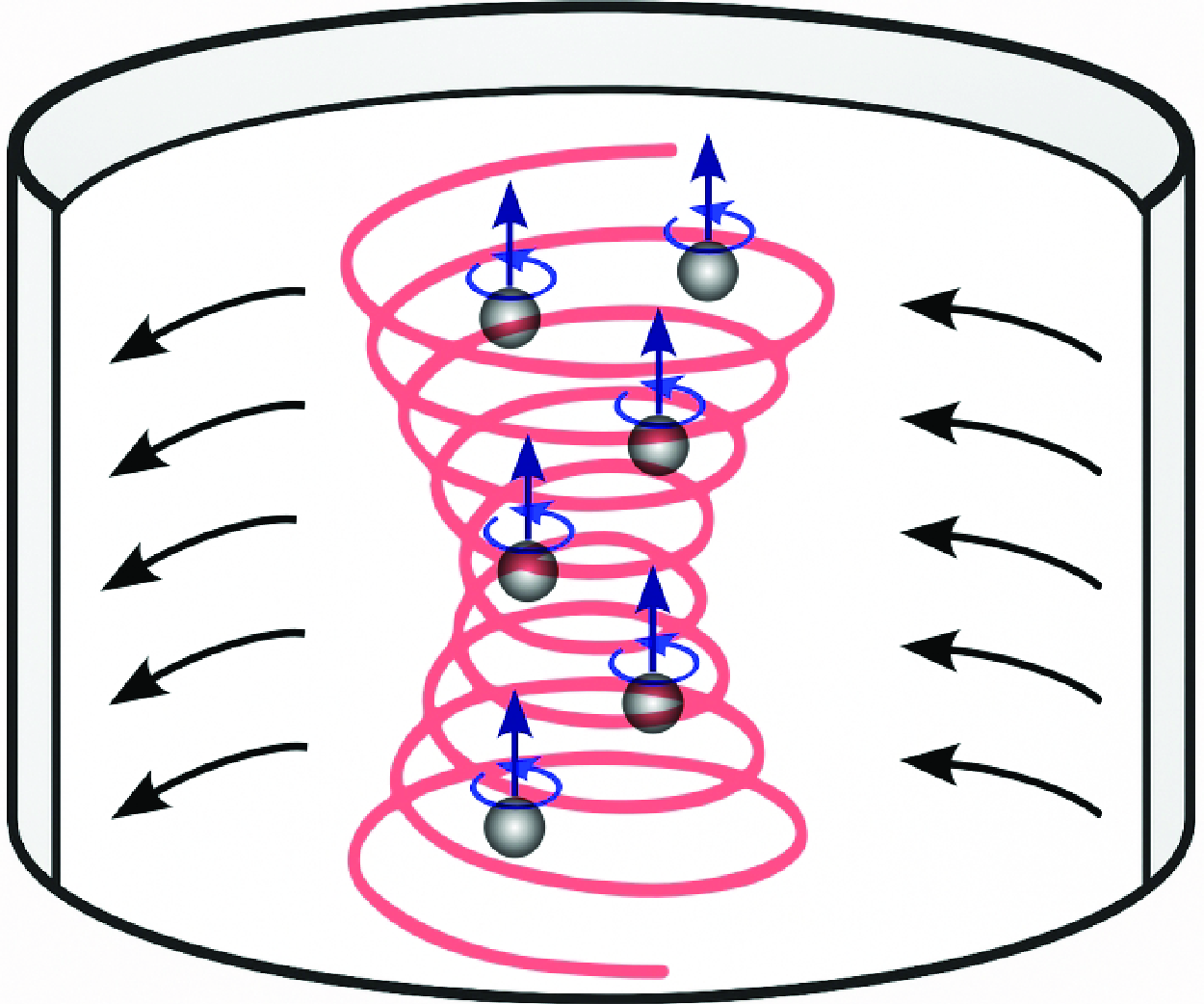Refine listing
Actions for selected content:
1418599 results in Open Access
GESINE MANUWALD, Cicero, Post Reditum Speeches: Introduction, Text, Translation, and Commentary. Oxford: Oxford University Press, 2021. Pp. xlviii + 397, illus. isbn 9780198850755. £110.00
-
- Journal:
- The Journal of Roman Studies , First View
- Published online by Cambridge University Press:
- 17 July 2025, pp. 1-2
-
- Article
- Export citation
Life expectancy and years of life lost for adults with diagnosed ADHD in the UK: matched cohort study: commentary, Udo et al
-
- Journal:
- The British Journal of Psychiatry / Volume 227 / Issue 3 / September 2025
- Published online by Cambridge University Press:
- 17 July 2025, p. 650
- Print publication:
- September 2025
-
- Article
- Export citation
Vortex modes in acoustofluidic cylindrical resonators
-
- Journal:
- Journal of Fluid Mechanics / Volume 1015 / 25 July 2025
- Published online by Cambridge University Press:
- 17 July 2025, A34
-
- Article
- Export citation
Jumps, cusps, and fractals in the solution of the periodic linear Benjamin–Ono equation
-
- Journal:
- Proceedings of the Royal Society of Edinburgh. Section A: Mathematics , First View
- Published online by Cambridge University Press:
- 17 July 2025, pp. 1-16
-
- Article
-
- You have access
- Open access
- HTML
- Export citation
Great leaps from unstable ground: A response to “Making a market for ‘The Art of Nepal’: Tracing the flow of Nepali cultural property into the United States”
-
- Journal:
- International Journal of Cultural Property / Volume 32 / Issue 2 / May 2025
- Published online by Cambridge University Press:
- 17 July 2025, pp. 194-203
-
- Article
- Export citation
Cognitive therapy for post-traumatic stress disorder in the context of Post-Intensive Care Syndrome - Family: a case study
-
- Journal:
- The Cognitive Behaviour Therapist / Volume 18 / 2025
- Published online by Cambridge University Press:
- 17 July 2025, e33
-
- Article
- Export citation
VASSILIS EVANGELIDIS, The Archaeology of Roman Macedonia. Urban and Rural Environments. Oxford: Oxbow Books, 2022. Pp. xvi + 223. isbn 9781789258011 (pbk). £39.50.
-
- Journal:
- The Journal of Roman Studies , First View
- Published online by Cambridge University Press:
- 17 July 2025, pp. 1-2
-
- Article
- Export citation
Controlling heat transport and flow structure in vertical convection using the thermoelectric effect
-
- Journal:
- Journal of Fluid Mechanics / Volume 1015 / 25 July 2025
- Published online by Cambridge University Press:
- 17 July 2025, A31
-
- Article
- Export citation
Hospital onset bacteremia and fungemia should be a pay-for performance measure: a pro/con debate
-
- Journal:
- Infection Control & Hospital Epidemiology , First View
- Published online by Cambridge University Press:
- 17 July 2025, pp. 1-6
-
- Article
-
- You have access
- Open access
- HTML
- Export citation
Near-inertial echoes of ageostrophic instability in submesoscale filaments
-
- Journal:
- Journal of Fluid Mechanics / Volume 1015 / 25 July 2025
- Published online by Cambridge University Press:
- 17 July 2025, A17
-
- Article
-
- You have access
- Open access
- HTML
- Export citation
SAMUEL AGBAMU, Restorations of Empire in Africa: Ancient Rome and Modern Italy’s African Colonies. Oxford: Oxford University Press, 2024. Pp. viii + 301. isbn 9780192848499 (hbk). £90.00.
-
- Journal:
- The Journal of Roman Studies , First View
- Published online by Cambridge University Press:
- 17 July 2025, pp. 1-2
-
- Article
- Export citation
Linking emitted drops to collective bursting bubbles across a wide range of bubble size distributions
-
- Journal:
- Journal of Fluid Mechanics / Volume 1015 / 25 July 2025
- Published online by Cambridge University Press:
- 17 July 2025, A8
-
- Article
-
- You have access
- Open access
- HTML
- Export citation
Wave- and potential-driven instabilities in orbital pilot-wave dynamics
-
- Journal:
- Journal of Fluid Mechanics / Volume 1015 / 25 July 2025
- Published online by Cambridge University Press:
- 17 July 2025, A26
-
- Article
-
- You have access
- Open access
- HTML
- Export citation
Favorable tax treatment of older workers in general equilibrium
-
- Journal:
- Macroeconomic Dynamics / Volume 29 / 2025
- Published online by Cambridge University Press:
- 17 July 2025, e119
-
- Article
-
- You have access
- Open access
- HTML
- Export citation
Shlomo Sand. A Brief Global History of the Left. Polity Press, Cambridge [etc.] 2024. 264 pp. € 20.40. (E-book: € 15.99.)
-
- Journal:
- International Review of Social History / Volume 70 / Issue 1 / April 2025
- Published online by Cambridge University Press:
- 17 July 2025, pp. 178-182
-
- Article
- Export citation
ALISON KEITH and MICAH Y. MYERS (Eds), Vergil and Elegy (Phoenix supplementary volume 60). Toronto, Buffalo and London: University of Toronto Press, 2023. Pp. vii + 500. isbn 9781487547950 (hbk); 9781487547967 (epub); 9781487547998 (pdf). £80.00/$115.00.
-
- Journal:
- The Journal of Roman Studies , First View
- Published online by Cambridge University Press:
- 17 July 2025, pp. 1-2
-
- Article
- Export citation
Early Exposure to Neurosurgery: Assessment of Perceptions, Mentorship and Competence on Medical Student Interest
-
- Journal:
- Canadian Journal of Neurological Sciences , First View
- Published online by Cambridge University Press:
- 17 July 2025, pp. 1-9
-
- Article
- Export citation
Chimney instability of rotating Leidenfrost drops
-
- Journal:
- Journal of Fluid Mechanics / Volume 1015 / 25 July 2025
- Published online by Cambridge University Press:
- 17 July 2025, A6
-
- Article
- Export citation
Factors Affecting Separation Anxiety Disorder in Adolescent Earthquake Survivors: The Case of Kahramanmaraş Earthquakes (2023)
-
- Journal:
- Disaster Medicine and Public Health Preparedness / Volume 19 / 2025
- Published online by Cambridge University Press:
- 17 July 2025, e191
-
- Article
- Export citation





















